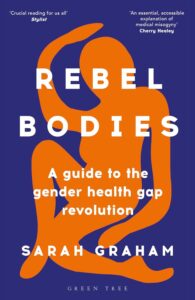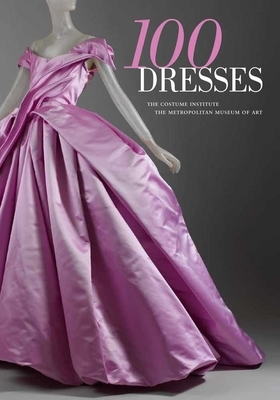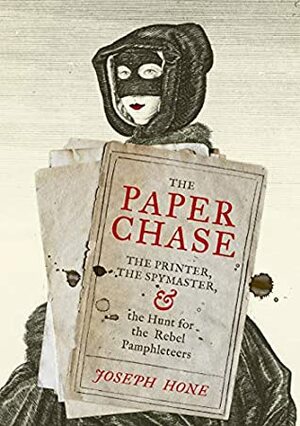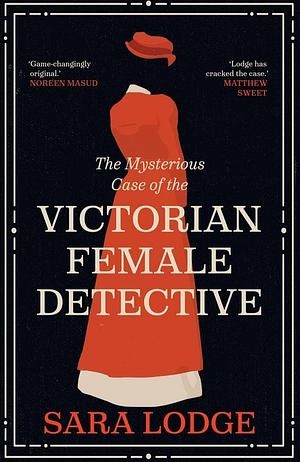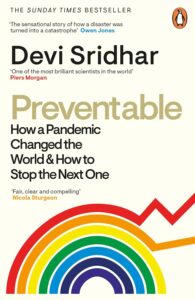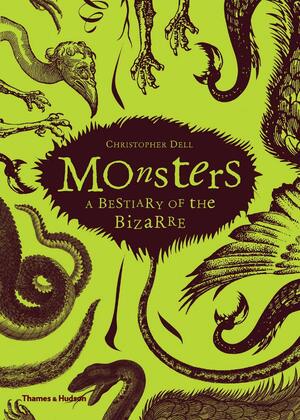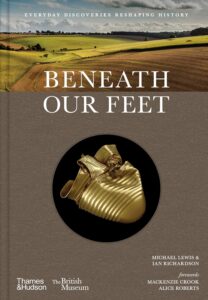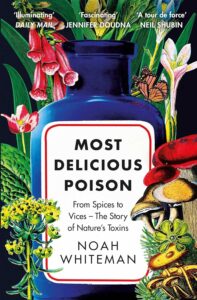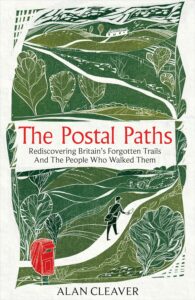
The Postal Paths: Rediscovering Britain's Forgotten Routes - And the People Who Walked Them
by Alan Cleaver
Genres: History, Non-fictionPages: 284
Synopsis:'Seeing the hills, the crofts, villages and ruins only tells half the story. The people who worked, walked, lived and died here are the other half.'
Postal paths span the length and breadth of Britain - from the furthermost corners of the Outer Hebrides to the isolated communities clinging to the cliffs of the Rame Peninsula in south-east Cornwall. For over 200 years, postmen and women have delivered post to homes across Britain on foot, no matter how remote.
A chance remark by a farmer about a Postman's Path led Alan Cleaver on a quest to discover more about this network of lanes, short-cuts and footpaths in the British landscape. From the rolling fells of Cumbria to Kent's shingle coast, he walked in the footsteps of 20th Century posties. And what he found, through conversation and painstaking research, was not just beautiful scenery. It was an incredible, forgotten slice of social history - the tales and toil of rural postmen and women trudging down lanes, over fields, and even across rivers to make sure the post always came on time.
From women like Hannah Knowles, who began her job delivering letters in 1912 and would only miss three days through illness over the next 62 years of service, to a WW1 veteran who completed his 9-mile delivery route on one leg, Postal Paths paints a vivid picture of people who not only served communities but brought them together, one letter at a time.
Alan Cleaver’s The Postal Paths is a bit of a walking memoir, a bit of a history of the work of rural postal workers in the years before bikes and vans, when it was a long, long walking round and the postie often sold stamps along the way, popped in for a chat with farmers at isolated farmhouses, etc.
Cleaver is at pains to demonstrate the love their communities had for them, and often the love they had for the work, though this inevitably paints a rather rosy picture. He does discuss a couple of postal workers who advocated for better treatment, but even so, they were still dedicated postal workers — almost as though it was more a calling than a job. No doubt for some it was, and for some it wasn’t; the sources here are pretty biased, I’d say.
He discusses some of the routes, which are hopefully easier to follow by looking them up online; in this book there are no maps or simple directions, but rather long discussions of his thoughts and feelings while walking a particular route. At times he’s a bit sanctimonious about walking and handwritten letters, which grates as a reader who likes both but understands that there’s a lot of privilege in having the time, energy, physical fitness and money.
Still, the pleasure he takes in the research and the walking is clear, and those who enjoy walking memoir type stuff might enjoy it even without an interest in postal history. I’m not as sure the same is true the other way round; it felt like it leaned heavily toward the descriptions of walking the paths, at least in some chapters.
Rating: 3/5 (“liked it”)

